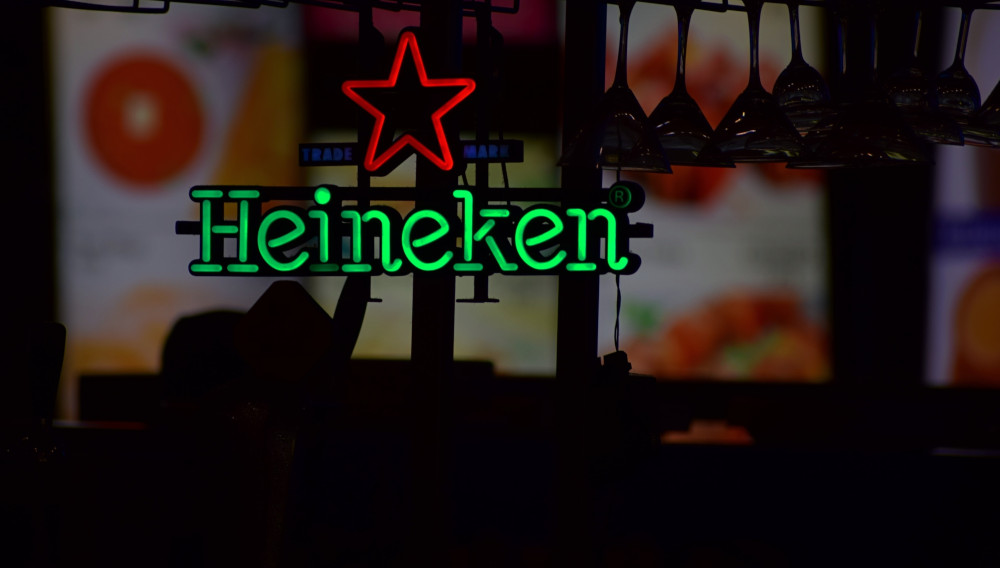Heineken’s CEO bows out with notable 2019 results
Netherlands | Heineken saw another year of “superior top-line growth”, thanks to a strong performance in the second half of 2019. Beer volumes were up 3.1 percent, net revenue 5.6 percent and operating profit 3.9 percent.
Heineken’s departing CEO Jean-Francois van Boxmeer reported on 12 February 2020 that last year’s revenue per hl increased 3.3 percent, driven by price increases and a focus on premium brands. In 2019, sales of the Heineken brand accelerated to 8.3 percent. The roll-out of Heineken 0.0 continued and it is now available in 57 markets.
Heineken’s results were saved by the Americas, mainly Mexico, and Asia. Whereas the Africa, Middle East and Eastern Europe zone registered a 0.2 percent decline in operating profit, and Europe’s profit contribution was down 0.8 percent, the Americas grew profit by 4.6 percent and Asia by12.1 percent.
Analysts were pleased
Heineken’s net revenue reached EUR 24 billion (USD 26 billion), operating profit EUR 4 billion (USD 4.33 billion) and net profit EUR 2.1 billion (USD 2.3 billion). Its operating margin was almost 17 percent, a slight decline over 2018 because of a EUR 2 billion investment in China.
In terms of category developments, Heineken said that its craft beer volume grew in the mid-single digits to 5.6 million hl. The strong performance of its craft propositions in Italy (its brands Ichnusa and Messina), France and Spain continued. Lagunitas is now available in more than 35 markets, with local production in the Netherlands and Brazil.
Cider volume was stable at 5.6 million hl (2018: 5.6 million hl). Heineken’s cider brands are now locally produced in 18 markets.
Moving into the low- and no-alcohol category (NOLA) has also proved a boon. NOLAs’ sales rose in the high-single digits to reach 14.1 million hl (2018: 13.1 million hl). Heineken reported that there is hardly any cannibalisation between Heineken 0.0 and the other Heineken varieties, because Heineken 0.0 targets different consumption occasions. This was not the case when it launched Heineken Light.
Brasil has become the largest market for the Heineken brand in terms of volume sales, although Brazil’s profit margin is lower than the group’s average. That is because Heineken bought Brasil Kirin in 2017, which was then loss-making.
For 2020, Heineken forecasts operating profit to rise in the mid-single digits, not least thanks to cost management, productivity improvements and digitalisation.
This is bar any “major negative macroeconomic or political developments”, the brewer cautioned. Like Carlsberg, Heineken cannot assess at this stage the impact the coronavirus will have on its business as it spreads from China to neighbouring countries like Vietnam, where Heineken ranks second-largest brewer.
Keywords
international beer market The Netherlands company reports
Authors
Ina Verstl
Source
BRAUWELT International 2020

